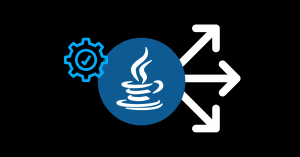In the rapidly changing landscape of Software as a Service (SaaS), measuring key performance indicators (KPIs) is no longer an option – it’s a necessity. KPIs provide a compass to navigate the complexities of SaaS success, ensuring that you’re on the right track to achieve your business objectives.
Understanding Key Performance Indicators (KPIs) for SaaS
Diving into the realm of Key Performance Indicators (KPIs) for SaaS unveils a strategic toolkit for evaluating the vitality and trajectory of your SaaS enterprise. These metrics function as dynamic checkpoints, offering a comprehensive vantage point over your business’s health and progress. Spanning across pivotal domains, from customer satisfaction to financial growth, KPIs paint an intricate picture of your SaaS venture’s evolution.
Related Post 👉 What is a SaaS?: Understanding the Meaning, Benefits, Types, Costs, and Examples
The Importance of SaaS KPIs
KPIs are more than just numbers; they’re insights that empower strategic decision-making. These key performance indicators enable you to monitor and evaluate various facets of your SaaS operations, ranging from customer satisfaction and revenue generation to operational efficiency and growth potential.

By meticulously tracking these metrics, you can make informed decisions, identify areas for enhancement, and steer your SaaS business towards sustainable success.
Common KPIs to Measure in SaaS:
Common KPIs to Measure in SaaS encompass a range of essential metrics that play a pivotal role in assessing the success and health of your software-as-a-service business.
Churn Rate
Churn rate refers to the percentage of customers who decide to cancel their subscriptions. This metric carries significant implications, especially when it comes to customer satisfaction and revenue generation. A high churn rate not only signifies dissatisfaction among your customer base but also leads to a direct loss of revenue.

Monthly Recurring Revenue (MRR)
Monthly Recurring Revenue, or MRR, is a critical metric that encapsulates the total revenue generated from your monthly subscriptions. Its significance goes beyond just financial tracking. MRR acts as a forward-looking indicator, allowing you to predict future revenue trends and aiding in effective financial planning.
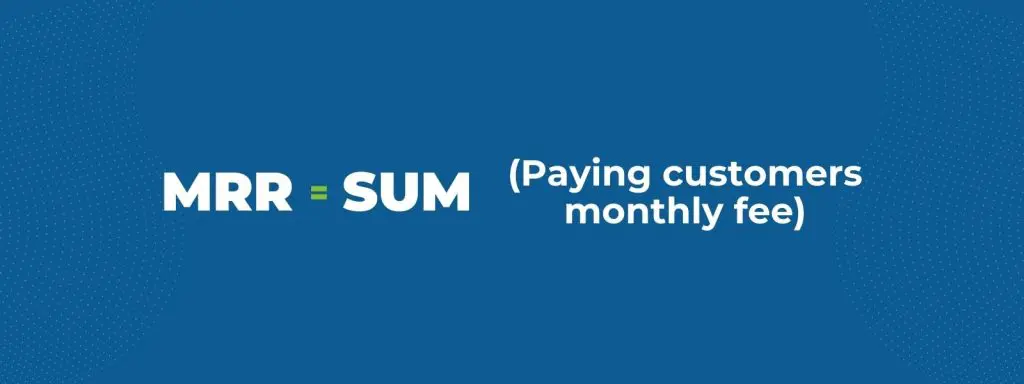
Revenue Churn
The concept of revenue churn involves measuring the revenue lost due to customer cancellations and downgrades. This metric provides deep insights into the impact of customer attrition on your revenue stream. By understanding the reasons behind revenue churn, you can develop strategies to address and mitigate its effects.
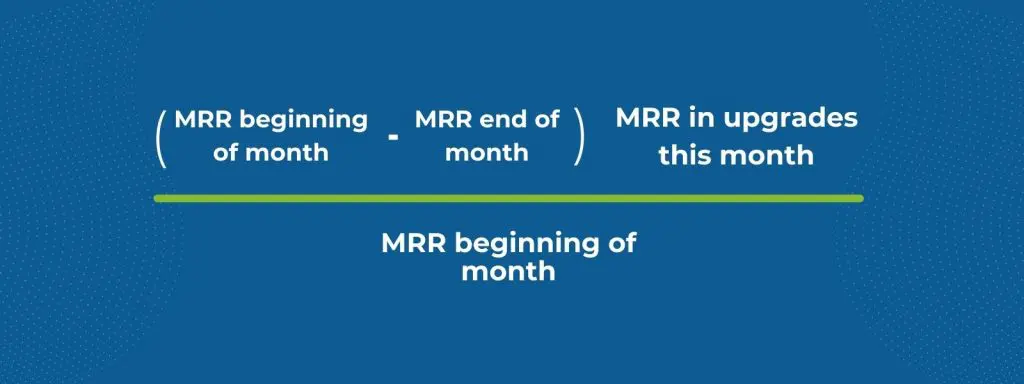
Annual Recurring Revenue (ARR)
Annual Recurring Revenue, often abbreviated as ARR, offers a comprehensive view of your recurring revenue for an entire year. Beyond its numerical value, ARR plays a crucial role in evaluating your long-term revenue potential and providing insights into the stability and growth prospects of your business.

Committed Monthly Recurring Revenue (CMRR)
Committed Monthly Recurring Revenue, or CMRR, takes into account committed contracts and the recurring value they bring. This metric is a key indicator of customer loyalty and provides a clear projection of revenue from your existing customer base. CMRR helps you gauge the stability and predictability of your revenue streams.
You can use the following formula to calculate your CMRR:
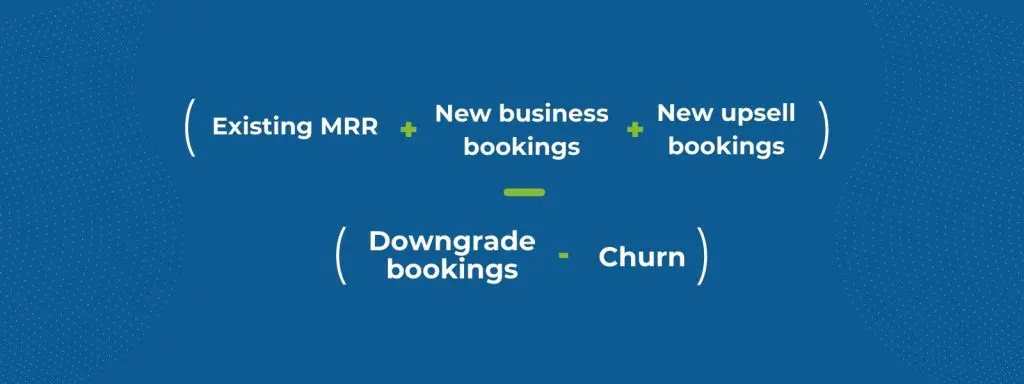
Cash
Cash, as a KPI, holds immense significance for assessing your business’s financial health and operational capabilities. Effective cash management influences crucial investment decisions and determines your organization’s potential for growth and innovation.
Customer Acquisition Cost (CAC)
Customer Acquisition Cost, or CAC, delves into the expenses associated with acquiring a new customer. By analyzing CAC, you gain insights into the efficiency of your marketing efforts. Understanding how much it costs to bring in a new customer can guide you in optimizing your acquisition strategies.
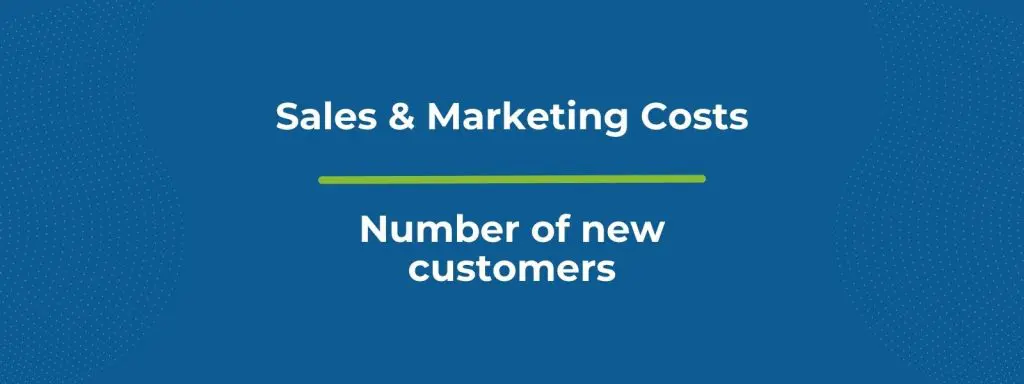
Customer Lifetime Value (CLV)
Customer Lifetime Value, often referred to as CLV, predicts the total revenue that a customer can generate throughout their entire lifecycle. This metric shapes your marketing strategies and guides your efforts in customer retention. By focusing on CLV, you can tailor your approach to ensure long-term customer engagement.
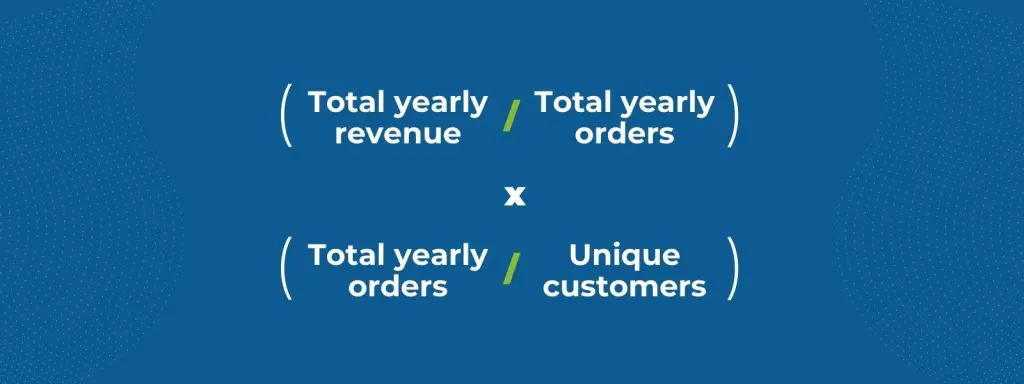
Lead Velocity Rate (LVR)
Lead Velocity Rate, or LVR, measures the growth rate of new leads entering your sales pipeline. It serves as an indication of the effectiveness of your lead generation strategies. By monitoring LVR, you gain insights into your ability to attract potential customers and nurture them through the conversion process.
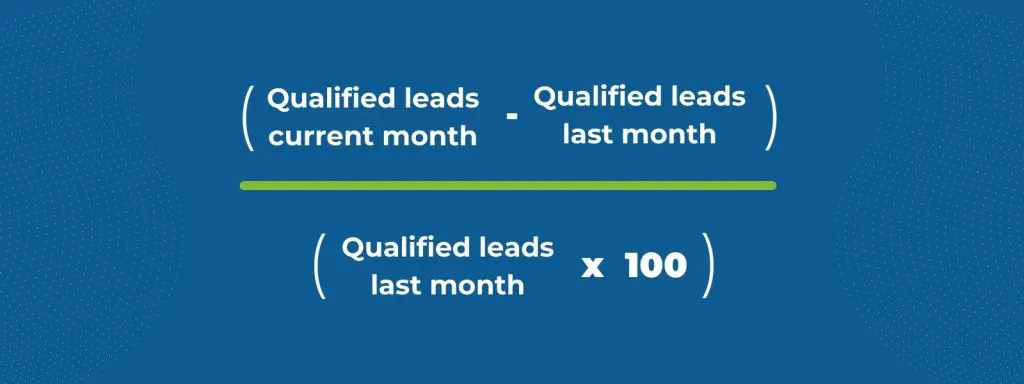
Net Promoter Score (NPS)
Net Promoter Score, abbreviated as NPS, stands as a valuable measure of customer loyalty and satisfaction. This metric directly impacts customer retention and influences your brand reputation. By systematically evaluating how likely your customers are to recommend your services, you can effectively pinpoint areas for improvement and significantly enhance the overall customer experience.
Related Post 👉 Essential Considerations for Successful IT Outsourcing Relationships
Tailored KPIs for Your SaaS Business
Tailoring KPIs to the intricate contours of your business objectives and the ever-evolving dynamics of your industry is paramount. This personalized approach delves into the heart of your SaaS model, offering nuanced insights that precisely reflect your unique journey.

Craft KPIs that align with your business goals and industry dynamics. Customized KPIs provide deeper insights, helping you monitor what’s most relevant to your unique SaaS model. This strategic alignment amplifies the relevance of your performance indicators, offering a clear window into your progress.
Implementing KPI Tracking: Tools and Best Practices
The journey towards KPI mastery demands a toolbox of specialized tools and meticulous practices. Leverage cutting-edge software solutions to efficiently track and intricately analyze your KPIs. Establishing robust tracking processes safeguards data accuracy, paving the way for informed decision-making grounded in precision.
In Conclusion: Navigating SaaS Success with KPIs
SaaS KPIs are like compass points guiding your journey to success. By proactively measuring and carefully interpreting these essential metrics, you’ll not only stay on course but also strategically uncover valuable opportunities for sustainable growth and continual optimization. Embrace the power of KPIs to propel your SaaS business forward.
- Deep Learning vs Machine Learning - July 15, 2024
- The Art of Software Quality Assurance Demystified - June 10, 2024
- Scaling Heights: Exploring the Advantages of IaaS for Your Business - June 6, 2024

